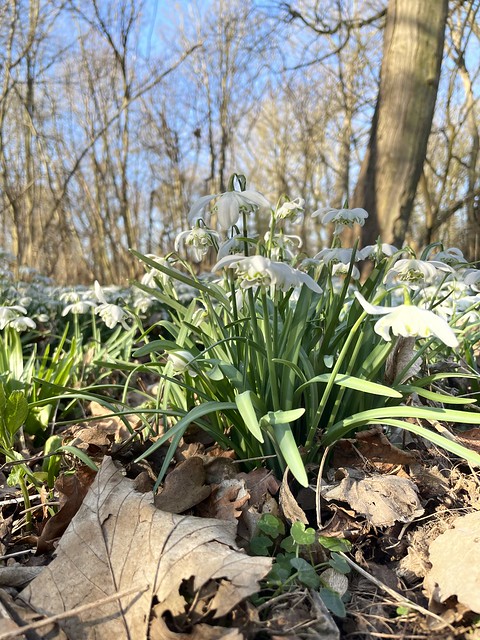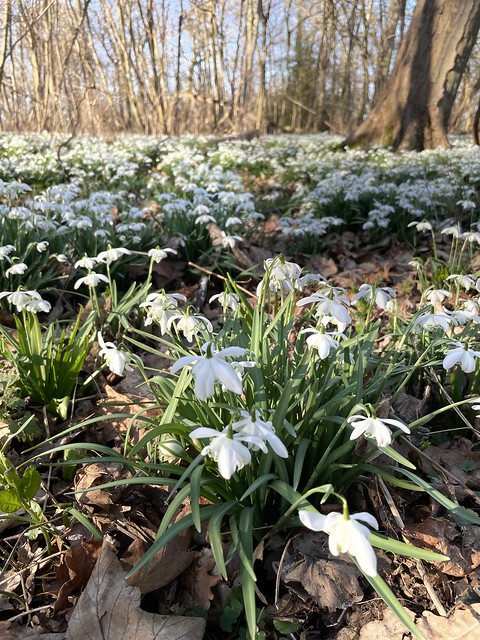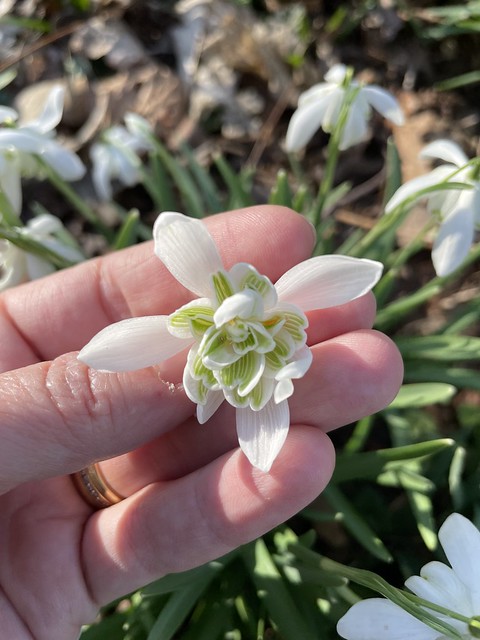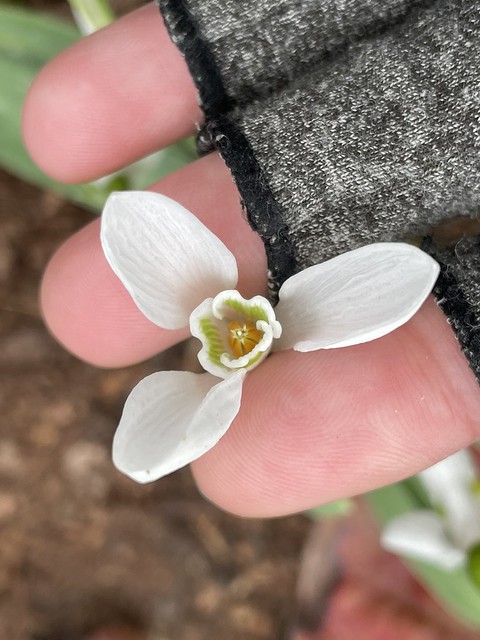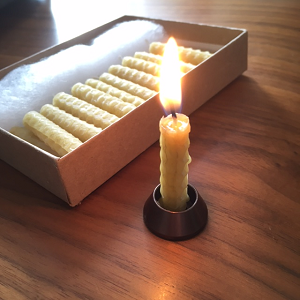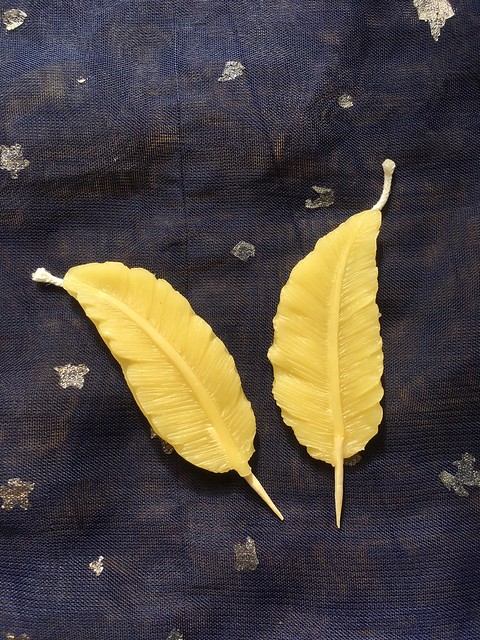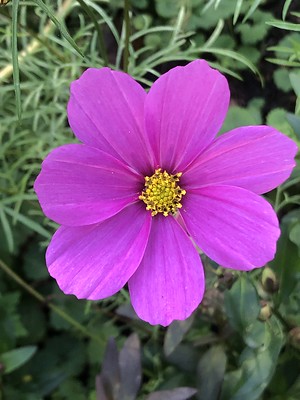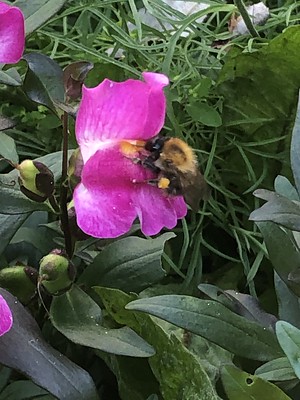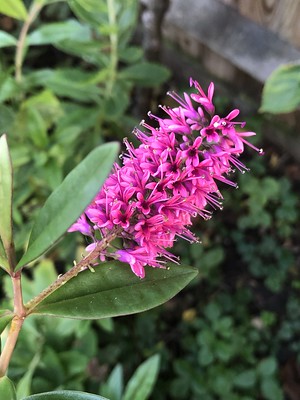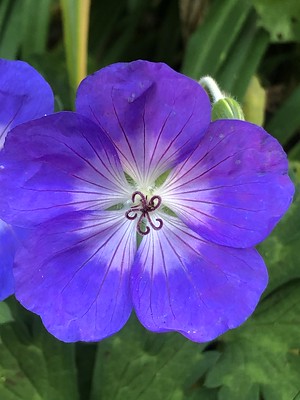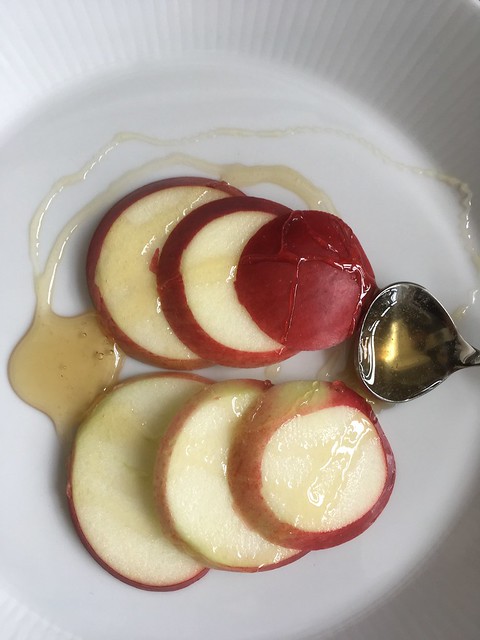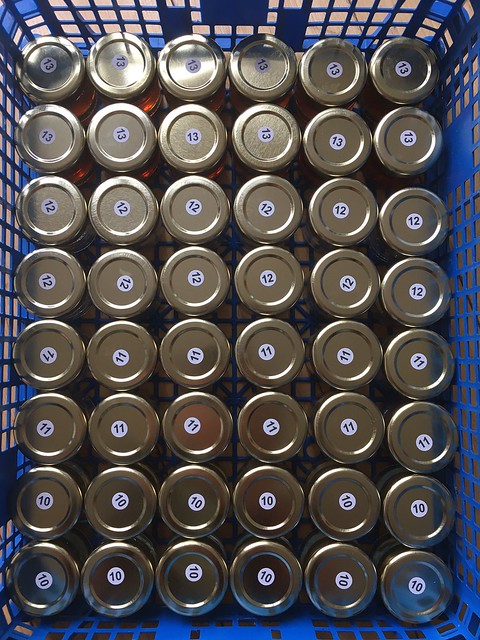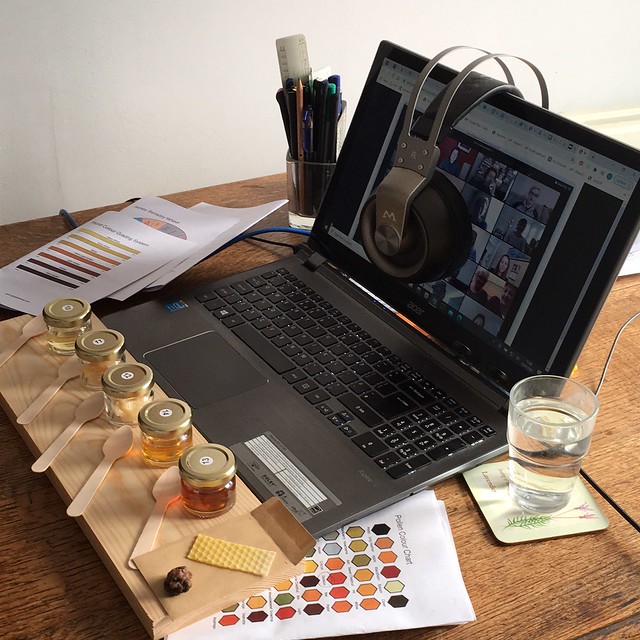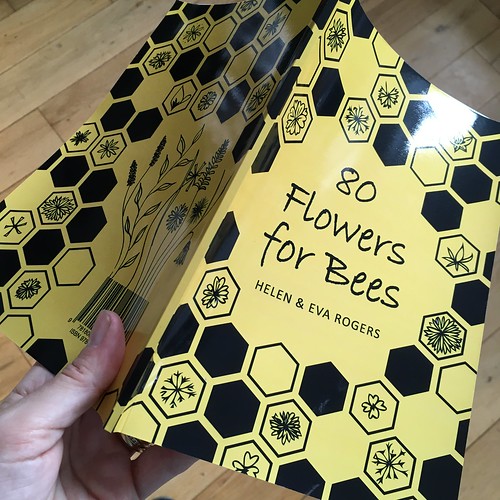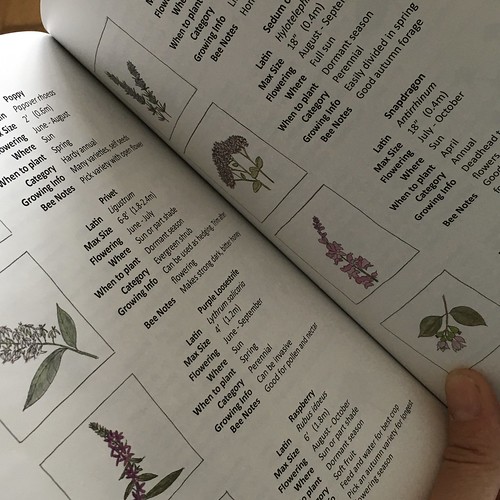You may have seen a lot of things about Asian Hornets in the media recently. Last week was declared Asian Hornet Week in the UK by the National Bee Unit, to try and raise awareness. Unfortuantly, I’ve read quite a lot of things that aren’t true or are rather vague. I think that it’s important that people get the right facts, which is why I’ve written this blog post.
1. What do they look like?
They should not be confused with European hornets. They are a bit smaller than our native European hornets and have a distinctive black and yellow/orange striped abdomen. They are easy to identify because they have bright yellow legs.

2. Where have they suddenly come from?
An Asian hornet queen is thought to have arrived in France by accident in 2004. She was shipped in a delivery of pottery from China. She then established a nest in France. Since then the number of hornets over there has increased dramatically in most areas of the country, and other countries including Spain, Italy, Belgium and Jersey. The first Asian hornet was spotted in the UK in 2016. Since then there have been the odd hornet sighted and the odd nest discovered and destroyed. This year the number of nests discovered here has risen dramatically. At the time of writing 32 nests have been found and destroyed since June.
3. What should I do if I see one?
If you see one, then you need to try and take a photograph or video of it. You can then report it on the Asian Hornet Watch app. You can download the app for iPhone or Android. You can also report it on the Animal and Plant Health Agency’s online recording form. If it is confirmed as an Asian hornet then the National Bee Unit will follow it up and try and track down the nest nearby. If you spot a nest, then keep well away, but do report its location.
5. What else do I need to know?
If you want to know more about how they have spread in France, there is an excellent talk here: https://www.youtube.com/watch?v=mx3LhC2fnoc&t=4418s
If you are a beekeeper and want to know how European beekeepers have been trying to protect their colonies, this talk is very informative : https://www.youtube.com/watch?v=9SNvrq7oNBY
You can keep up to date with the latest news from the National Bee Unit here : https://www.nationalbeeunit.com/about-us/beekeeping-news/2023-asian-hornet-rolling-updates/

